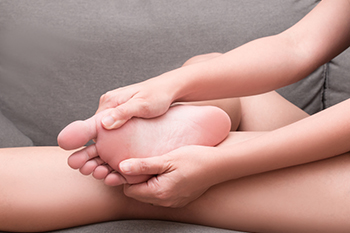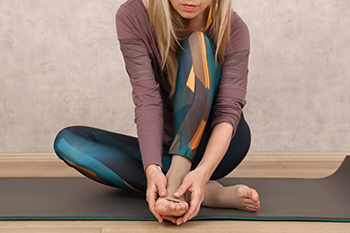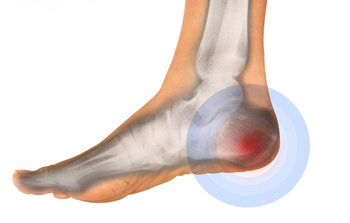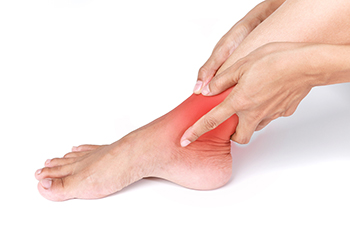 People who enjoy the sport of running may experience an uncomfortable foot condition known as sesamoiditis. It is defined as an inflammatory ailment that affects the ball of the foot. The pain is felt underneath the big toe where the two sesamoid bones are located. They are located inside of the large tendon that is found under the big toe, and provides power and leverage when pushing off while walking or running. Many people who are afflicted with sesamoiditis describe the feeling as stepping on marbles or pebbles. One of the leading causes of this condition is due to tightness in the toe flexors. Relief may be found when specific toe stretches are performed as this may alleviate some of the tightness. If you have pain in this part of your foot, it is suggested that you speak with a podiatrist who can properly diagnose this condition and effectively treat you.
People who enjoy the sport of running may experience an uncomfortable foot condition known as sesamoiditis. It is defined as an inflammatory ailment that affects the ball of the foot. The pain is felt underneath the big toe where the two sesamoid bones are located. They are located inside of the large tendon that is found under the big toe, and provides power and leverage when pushing off while walking or running. Many people who are afflicted with sesamoiditis describe the feeling as stepping on marbles or pebbles. One of the leading causes of this condition is due to tightness in the toe flexors. Relief may be found when specific toe stretches are performed as this may alleviate some of the tightness. If you have pain in this part of your foot, it is suggested that you speak with a podiatrist who can properly diagnose this condition and effectively treat you.
Sesamoiditis is an unpleasant foot condition characterized by pain in the balls of the feet. If you think you’re struggling with sesamoiditis, contact one of our podiatrists of Foot Health Center of Merrimack Valley. Our doctors will treat your condition thoroughly and effectively.
Sesamoiditis
Sesamoiditis is a condition of the foot that affects the ball of the foot. It is more common in younger people than it is in older people. It can also occur with people who have begun a new exercise program, since their bodies are adjusting to the new physical regimen. Pain may also be caused by the inflammation of tendons surrounding the bones. It is important to seek treatment in its early stages because if you ignore the pain, this condition can lead to more serious problems such as severe irritation and bone fractures.
Causes of Sesamoiditis
- Sudden increase in activity
- Increase in physically strenuous movement without a proper warm up or build up
- Foot structure: those who have smaller, bonier feet or those with a high arch may be more susceptible
Treatment for sesamoiditis is non-invasive and simple. Doctors may recommend a strict rest period where the patient forgoes most physical activity. This will help give the patient time to heal their feet through limited activity. For serious cases, it is best to speak with your doctor to determine a treatment option that will help your specific needs.
If you have any questions please feel free to contact one of our offices located in North Andover, and Tewksbury, MA . We offer the newest diagnostic and treatment technologies for all your foot and ankle needs.















